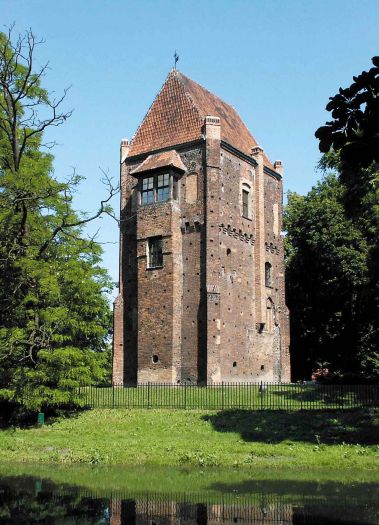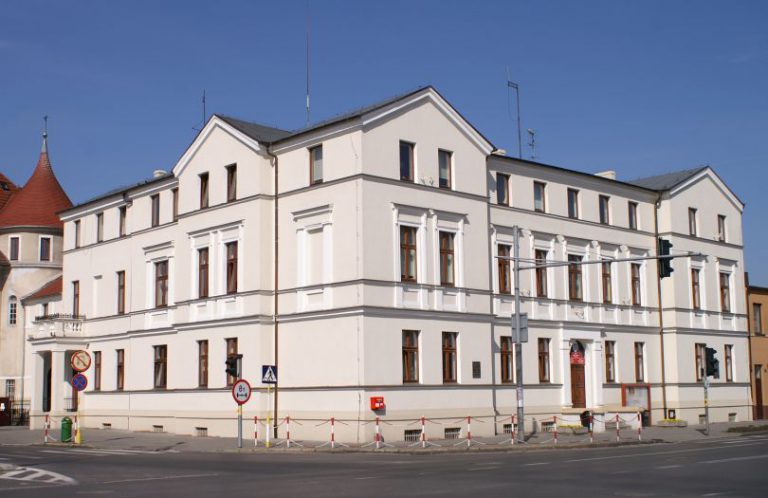
SZAMOTUŁY
A district town on the Sama river, situated ca. 34 km north-west of Poznań, Szamotuły is the region’s capital town. It has longest preserved a genuine Wielkopolska folklore. It was in Szamotuły that one of the earliest surviving love letters in Polish was written. Site of one of Poland’s largest icon collections.
History
The name of Szamotuły was first mentioned in a 1231 document. The locality was granted its ius forensis – marketplace trading right in 1284, the municipal rights being granted thereto before 1383.
In the early 16th century, the town’s northern part, as a portion of the only daughter of Andrzej, the last of the Szamotulskis, was passed on to the affluent family of Górka – with the southern part sharing this lot some time later. Both the Szamotulski and the Górka family held a series of high-rank State posts (as voivodes, castellans, starosts-general), which was of advantage to the town’s development. In the renaissance era, Szamotuły boasted the greatest number of students of a private-town background sent to the Krakow Academy; a saying then evolved, “deaf but fine, as long as he’s from Szamotuły”.
It was in the same period that the locality became a haven for immigrants from other regions of Europe then overwhelmed by religious wars. Born to one such family was Jan Jonston, born in Szamotuły in 1603, thinker and scholar, author of historiographic, medical and philosophical works.
In 16th century, the town was an important hub of the Czech Brethren (Unity of the Brethren) in Poland, with this denomination’s first printing house in Wielkopolska area.
Worth Seeing
Not far from the market, you will meet the collegiate church of Our Lady of Consolation and St, Stanislaus. Dating to mid-15th century, this beautiful, three-nave, basilica-type church, featuring two haughty apexes, ranks among the most interesting edifices in Wielkopolska.
The town’s northern part has preserved a castle complex, now the Górkas’ Castle Museum, housing one of Poland’s largest collections of icons. A remnant of the former fortification system is Halszka’s Donjon, to be found not far away from there, also called the Black Duchess’ Tower; it was erected resulting from redevelopment of the original gate tower. Associated with it is the tragic history of Duchess Elżbieta Ostrogska, nicknamed Halszka, who is said to have been imprisoned by her husband right there. The castle complex is moreover comprised of three backhouses and a former granary, adapted today as the Transit Pipeline Archaeology Museum.
South of the marketplace, visible are baroque edifices of the Franciscans Reformats’ cloister with a single-nave Holy Cross church dating to the latter half of 17th century.
Next to the former cloister complex is a monument of Wacław of Szamotuły, the outstanding musician of the renaissance period, court composed to King Sigismund II Augustus; Wacław was born in and brought up in Szamotuły.
For more information, go to:
www.szamotuly.pl/en








